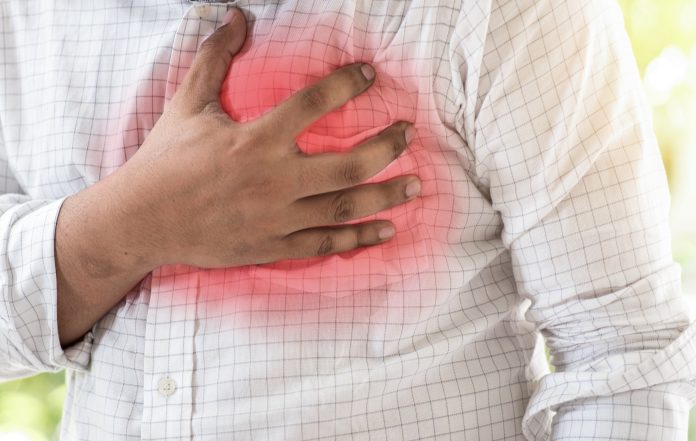
Adolescents and young adults (AYAs) who have survived cancer are at increased risk for cardiovascular disease (CVD) in later life that may be disproportionately associated with sociodemographic and modifiable risk factors, shows data from the National Health Interview Survey.
“CVD risk in childhood and older adult cancer survivors has been well studied and awareness of this excess risk in AYA cancer survivors is growing,” said Amy Berkman, pediatric resident at Duke University School of Medicine and first author of the study published in Cancer.
She added: “Certain cancer treatments increase CVD risk in AYA cancer survivors but there is less awareness around the influence of modifiable risk factors.”
To investigate this, Berkman and co-researchers from The University of Texas MD Anderson Cancer Center analyzed 2009–2018 data from the National Health Interview Survey, which collects information on a broad range of health topics via personal interviews of US households. Responses from 4,766 AYA cancer survivors and 47,660 controls with no history of cancer were included.
The researchers found that AYA cancer survivors had a significantly higher incidence of CVD than controls, at 6.7% versus 4.0%. The cancer survivors were between 2 and 69 years postdiagnosis, with the median at 20 years.
The odds of CVD were generally significantly higher in AYA cancer survivors than in controls in sub analyses groups by sex, race/ethnicity, income, education, smoking status, and physical activity level.
Compared with controls, the odds ratios (ORs) were particularly high among female AYA survivors (OR=1.81), Black and Hispanic survivors (OR=2.62 and 2.31, respectively), former and current smokers (OR=1.93 and 1.75, respectively), and among people with a household income below $50,000 per year (OR=2.13).
Berkman and team note that a low household income was disproportionately associated with an increased CVD risk relative to a higher income ($50,000/year), where the OR for CVD was a non-significant 1.34.
“Individuals with low income have less access to healthcare, healthy foods, and safe environments to exercise than those with higher incomes,” said study co-author Michael Roth, co-director of the Adolescent and Young Adult (AYA) Oncology Program at The University of Texas MD Anderson Cancer Center.
He added that “AYA cancer survivors have higher risk of developing chronic health conditions due to their prior cancer treatment exposures. When a population at high risk for health issues does not have access to preventative healthcare nor the opportunity to live a healthy lifestyle many develop severe and life-threatening health conditions, including cardiovascular disease.”
Roth therefore suggests that “efforts need to focus on preventing and treating cardiovascular disease at their earliest stages. Interventions should focus on increasing exercise, improving diet, and decreasing exposures such as tobacco early in patients’ lives, ideally during or shortly after cancer treatment.”
Indeed, one third of survivors reported not taking part in any moderate‐to‐vigorous–intensity physical activity, yet performing such activity significantly lowered the odds of CVD in survivors and controls by 39% and 32%, respectively.
Both Berkman and Roth believe there is a need for increased awareness of long-term health outcomes among AYA cancer survivors and clinicians.
“The lack of awareness of the long-term health outcomes of AYA cancer survivors, including the development of cardiovascular disease, is a major issue. Cure is not enough,” said Roth. He pointed out that “AYA cancer survivors can have more than 5 decades of life to live after their cancer diagnosis and their long-term health and happiness matter.”
Roth called for more funding to increase and improve survivorship care for these patients, while Berkman added that “increased survivorship education for primary care providers is needed as are standardized clinical guidelines for long-term follow-up of AYA cancer survivors.”
The fact that many AYA survivors are followed-up in community and primary care settings means that there may not be as much awareness of specific risks faced by AYA cancer survivors as there would be in specialist centers.
“The lack of screening for and treatment of the late side effects of cancer treatment is also a major barrier to improving outcomes for these patients,” said Roth.













